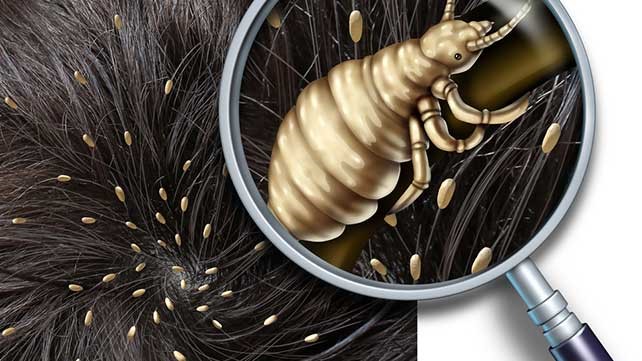May 18, 2021
COVID 19 Vaccination Sites (Pfizer ONLY)

These creepy crawlers manage to infest the heads of many school children causing parents angst and fear. But no need to worry, we are here to address all the common questions and concerns regarding diagnosis and treatment of Head Lice.
Head Lice are tiny mites that are about the size of a sesame seed and infect the scalp. They are pale-gray in color and individually they are referred to as a louse. They can spread from person to person as they feed off the blood of the scalp. A louse will most often be located closest to the hair root/scalp. Its nits however are the eggs a louse lays. They are more yellowish white in color and can be found a few millimeters from the scalp. They usually do not survive if further down the hair strand. Some patient’s hair color may make them hard to identify as they could easily blend in or be mistaken for dandruff at first.

Head lice can crawl. They can’t hop, jump or fly like most others think. They are often spread because of close head contact between patients/children. That is why head lice are most commonly seen in pre-school and elementary-aged children.
The common symptoms of lice are persistent itching of the scalp, behind ears and base of neck. Itching can occur rather late in the course of lice however. A person may not even begin itching for at least 4-6 weeks.
Sit your child in a well-lit room and separate each strand of hair as you examine the scalp for tiny nits or lice. Use a fine-tooth comb or a nit comb sold over the counter, pictured here. Follow instructions for the “comb-out method.”
The comb-out method is the method used when combing out the hair and identifying nits/lice. Follow these steps below:
Before beginning any type of treatment, you should consult your pediatrician first. Head lice are most commonly treated using a medication that is applied directly to the scalp and using the comb out method every 2-3 days for a couple weeks. Women who are pregnant or breastfeeding should exercise caution if applying head lice treatments to their children and wear protective gloves.
Pediatricians will also recommend that you wash all bed linens, towels, and clothes in hot water and dry with high heat. Some even suggest putting stuffed animals in a sealed plastic bag for up to 2 weeks.
Visit the CDC website for more information about lice and a complete list of non-prescription and prescription treatments available.
Visit our Parent Resources for more information about some other common issues!